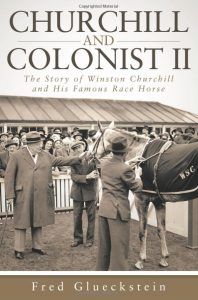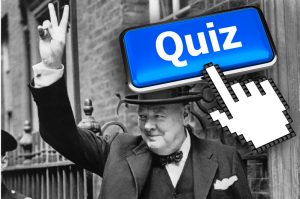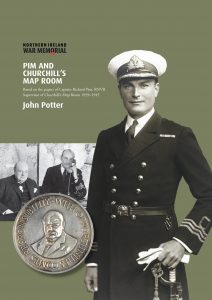
Bulletin #87 - Sep 2015
Churchill—The Game of Strategy
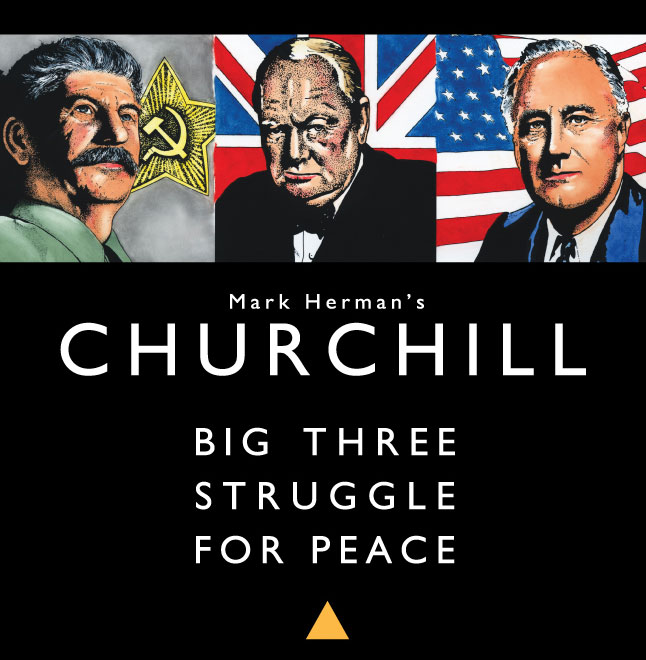
August 27, 2015
Reviewed for The Churchill Centre
by PETER RICH and STEVE CAREY
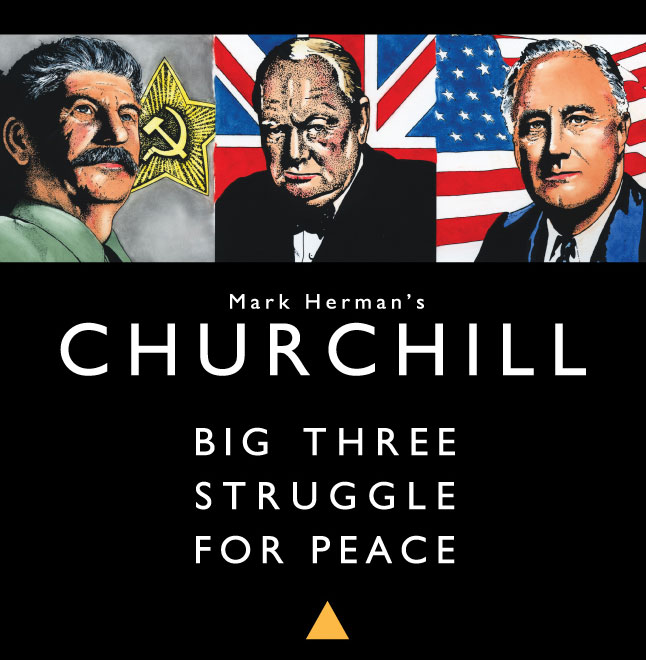 During the Second World War, the conferences among the three major allied powers helped to shape the post-World War II global environment. Three personalities dominated those conferences, whether or not they were all present in person: British Prime Minister Winston Churchill, US President Franklin Roosevelt, and Soviet Premier Joseph Stalin. From the initial conference to Potsdam (where only Stalin remained in power), historians have long studied the impact of these gatherings where philosophies and beliefs, as well as personalities, were constantly in conflict. Yet these three leaders somehow managed to work together in order to defeat Germany and Japan. The leading ten conferences are the subject of a new board game, appropriately named Churchill: Big Three Struggle for Peace.
During the Second World War, the conferences among the three major allied powers helped to shape the post-World War II global environment. Three personalities dominated those conferences, whether or not they were all present in person: British Prime Minister Winston Churchill, US President Franklin Roosevelt, and Soviet Premier Joseph Stalin. From the initial conference to Potsdam (where only Stalin remained in power), historians have long studied the impact of these gatherings where philosophies and beliefs, as well as personalities, were constantly in conflict. Yet these three leaders somehow managed to work together in order to defeat Germany and Japan. The leading ten conferences are the subject of a new board game, appropriately named Churchill: Big Three Struggle for Peace.
This is not a family board game along the lines of Monopoly or Risk, nor is it nearly as easy to learn and quick to play as Chess. A session will require a minimum three-hours-plus commitment for the tournament game (the last five conferences) and may take the majority of a day for all ten conferences. But the game is never boring because, unlike other multi-player games, players are constantly involved, with almost no “down time.”

2024 International Churchill Conference
By design, Churchill is a game which, in order for a player to prevail, requires constant situational assessment and reassessment, careful strategy based on swift analysis of the ever-changing situation, bluffing, and creativity. Unlike other games, the side that scores the most points doesn’t necessarily win. Indeed, to mimic the “cooperating adversaries with an overriding common goal” aspect that was central to these conferences, a side who leads with too many points over the last-place player may lose to their second-place opponent. Failure to defeat both of the Axis powers by game end can result in the last-place player actually coming out ahead. Preserving the alliance is thus key, with players attempting to leverage their Allied partners while still maintaining a fragile bond as the war draws down to its ultimate conclusion.
All of this is simulated on an abstract playing board which represents multiple military fronts and also a conference table where specific issues (e.g., the Atom Bomb; US and UK production; US, UK and Soviet Directed Military Offensives; Political and Military Spheres of Influence and Clandestine Networks; Global Issues) are presented, debated, and won via the careful play of strategic staff member cards. The cards represent the important individual staff members of each of the three powers (such as Brooke, Atlee, Eden, and Beaverbrook for Churchill; Hopkins, Marshall, Stimson, and King for FDR; and Molotov, Beria, Zhukov, and Zhdanov for Stalin), all of whom have their own special attributes and numerical values based on their historical strengths and weaknesses. How these staff cards are utilized is one of the key foundations of the game.
Stalin, Roosevelt, and Churchill each have their own personalized, and very powerful, leader card. When utilized, there are both positive and potentially negative game effects. For example,whenever Churchill’s card is used, he not only is then inactive for the rest of the conference but he may miss the next conference (based on a die roll) due to a heart attack or other health problems. Stalin faces the same risk of paranoia, and his staff members may also be liquidated by the dreaded Beria. Similarly, FDR has a risk of dying whenever his card is implemented. As occurred at Potsdam, by that last conference it is very likely that Clement Atlee will succeed Churchill and Harry Truman will succeed FDR.
When not present at a conference, a leader may not engage in advancing an issue but may still debate out-of-turn. When inactive due to prior debate or illness, the leader’s card may not be used at all, and the staff members will have to shoulder the burdens alone.
After each conference, the issues “captured” by each player are implemented on multiple battlefronts, from Europe to the Pacific. Points will eventually be scored based on which of the Allies advances the farthest and fastest against the Axis power that faces them. To simulate Churchill’s concern that D-Day might fail and his preference for the Italian Campaign, the UK player will receive bonus points if Allied troops advance further into Italy before D-Day. However, if D-Day occurs too late and the Western Allies do not enter and defeat Germany, he and FDR may lose points to a greedy Stalin.
Meanwhile, the US and UK must cooperate to ensure the Atomic Bomb becomes operational, while Stalin’s spy ring does its best to steal nuclear secrets for additional victory points. After this phase, the players take turns adding their own or removing opponents’ covert and political influence in various countries around the world, again for victory points.
If this all seems too complex, it is really much less so than it appears. Initially the game may be a bit daunting for new players, but after playing your first game things will proceed very smoothly. A short training scenario is provided with that in mind.
In summation, Churchill is a remarkable effort that not only conveys a strong sense of history but also is a lot of fun as well. It offers a unique insight into the power and intrigue of a particularly cataclysmal time in human history. The game is even playable as solitaire since there are easy-to-use charts included which govern the behavior of all three participants. So whether you choose the role of Churchill, Roosevelt, or Stalin, Churchill presents a rich and deeply satisfying board game experience.
To watch a twenty-minute video describing the game, please CLICK HERE.
Steve Carey is a retired Administrative Supervisor from Glendale, CA whose main hobby is military history. He has three published historical board conflict simulations to his credit (including a solitaire game on the Pacific War that was nomined for 2010 Charles Roberts WWII era board wargame of the year award) and is a contributing editor for C3i magazine.
Subscribe
WANT MORE?
Get the Churchill Bulletin delivered to your inbox once a month.
